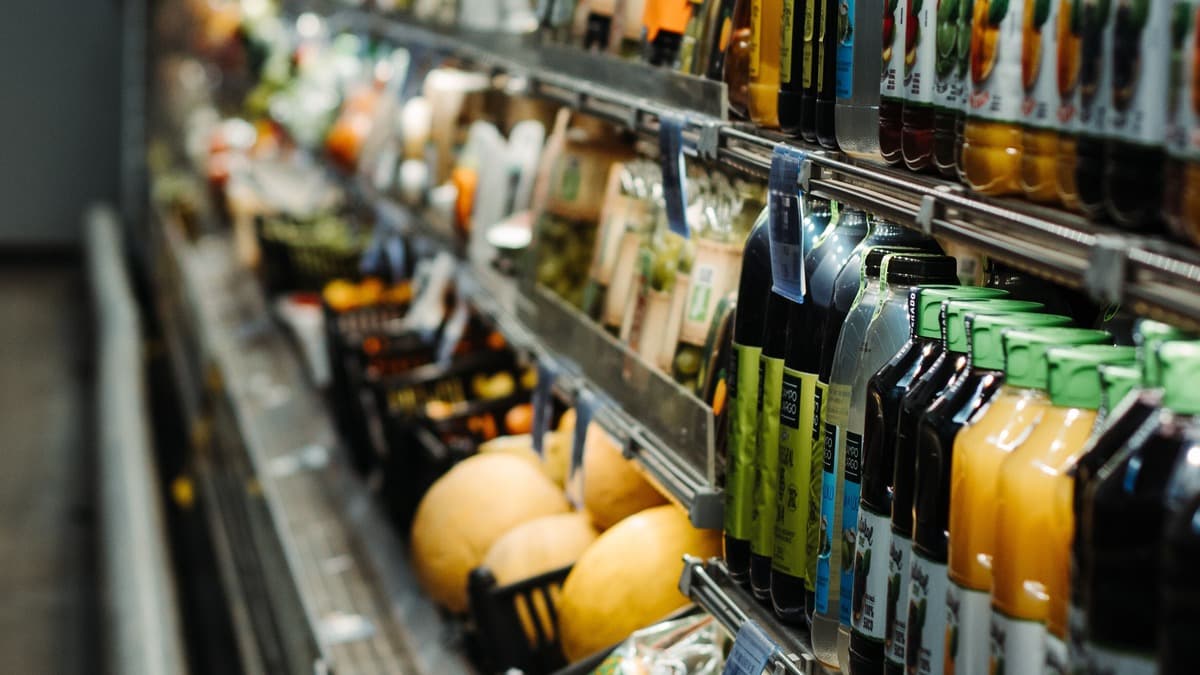Australian retail sales for September have surpassed expectations, offering a brighter perspective on the nation’s economic resilience and its capacity to withstand potential interest rate hikes.
Data from the Australian Bureau of Statistics, released on Monday, reveals a substantial 0.9% surge in sales compared to the previous month, significantly exceeding the anticipated 0.3% increase. Notably, this surge follows upward revisions to August and July data, indicating that consumer spending has proven more robust than initially estimated.
Retail rebound
Australia’s retail landscape is experiencing a remarkable resurgence in September 2023, with a resounding 0.9% boost in retail turnover. This remarkable upswing marks a welcome departure from the modest 0.3% increase in August and the 0.6% rise in July, both of which have been retrospectively adjusted. Ben Dorber, the mind behind these insights, delves into the driving factors:
Dorber states, “The September surge can be attributed to a combination of factors influencing the retail industry. The arrival of warmer spring weather has lured shoppers to department stores, household goods retailers, and clothing stores. Shoppers are flocking to stores for hardware, gardening supplies, and fashionable clothing. Moreover, the launch of a new iPhone model and the introduction of the Climate Smart Energy Savers Rebate program in Queensland have provided a significant boost to household goods retailing.”
While the surge in September marks the most substantial growth since January, it’s crucial to recognize that much of 2023 witnessed subdued consumer spending, resulting in historically low underlying growth. In trend terms, retail turnover has only inched up by a mere 1.5% compared to September 2022, marking the slowest trend growth over a 12-month period in the series’ history.
This month has seen remarkable growth across most industries, particularly in non-food sectors. Department stores have excelled, boasting a 1.7% increase, closely followed by household goods retailing at 1.5%, other retailing at 1.3%, and clothing, footwear, and personal accessory retailing at 0.3%.
Dorber sheds light on the surge in ‘Other Retailing,’ stating, “The upswing in this category is primarily attributed to a temporary boost in pharmacy turnover following the introduction of 60-day prescriptions and a consequential shift in income from Pharmaceutical Benefits Scheme medicines.”
Retail growth nationwide
Australia’s retail resurgence is not confined to a particular region, as all states and territories have witnessed an increase in retail turnover. Queensland stands out with a notable 0.5% boost, driven by the enthusiastic response to the Climate Smart Energy Savers Rebate program. Households are upgrading appliances such as washing machines, dishwashers, refrigerators, and dryers, contributing significantly to the overall retail rebound.
Inflation on the rise
Despite the recent uptick in inflation, retail turnover displays remarkable resilience. The Consumer Price Index indicates a rise in inflation for the current quarter, although it remains at a slower pace compared to the levels seen throughout 2022. To gain a comprehensive understanding of how changing consumer prices impact recent retail growth, we will eagerly await the release of quarterly retail sales volume data, scheduled for next week.
CreditorWatch’s Chief Economist, Anneke Thompson, Weighs In on Retail Surge and Possible Rate Hike. “Today’s retail trade data revealed a slight increase in the rate of spending in September 2023, partly driven by the release of the new iPhone and a warm start to spring, which boosted spending on hardware, gardening supplies and clothing. Even though retail trade remains subdued by long term standards, this bump in retail spending may be the final evidence the RBA needs to convince it to increase the cash rate at the Melbourne Cup Day meeting on 7 November.
There was no growth in spending recorded in the café, restaurant and takeaway food sector, highlighting the precarious nature of business conditions in this sector. CreditorWatch’s September Business Risk Index data shows the business failure rate in this sector is already at 6.80%, far higher than the business failure rate of all other industries.
This sector has been struggling with high food, labour, utilities and insurance prices, but now has the added challenge of plateauing demand, just as we are entering the busy Christmas months. Today’s data may well see the failure rate of this sector climb even further.”
Meanwhile, National Retail Association Deputy CEO Lindsay Carroll expressed her views on the boost in sales, emphasizing that it was both anticipated and welcomed by retailers as Australians flocked to stores in preparation for the impending summer.
“As people anticipate a hotter-than-usual summer on the horizon, they have loosened their purse strings in preparation,” remarked Ms. Carroll. She noted that department stores and household goods retailers enjoyed the most substantial sales boosts at 1.7% and 1.5%, respectively. Additionally, other retailers experienced a surprising increase of 1.3%. The change in weather and the onset of the cold and flu season prompted consumers to take advantage of the 60-day prescriptions available in pharmacies.
Food retailing also rebounded, with a 1.0% increase, signaling that consecutive rate pauses by the RBA made Australians less cautious with their spending in September. Ms. Carroll emphasized the potential benefits of another interest rate pause this month, fostering freer consumer spending during the November/December sales period and setting retailers up for the upcoming holiday season.
Ms. Carroll expressed optimism about the robust industry data, hoping it signifies a sustained trend. She also pointed out that Tasmania and New South Wales experienced the most substantial retail sales increases at 1.8% and 1.3%, respectively. Industry data indicates that Queensland’s 0.5% increase can be attributed to the September release of energy rebates for appliances.
“Retailers can utilize the September sales boost to plan their seasonal employment needs for the Christmas period,” she stated, adding that they are hopeful that increased consumer sentiment will result in a positive start for retailers moving into 2024.
The National Retail Association, representing over 60,000 stores across Australia, has been a cornerstone for businesses in the retail and fast-food sectors for nearly a century.
Keep up to date with our stories on LinkedIn, Twitter, Facebook and Instagram.

